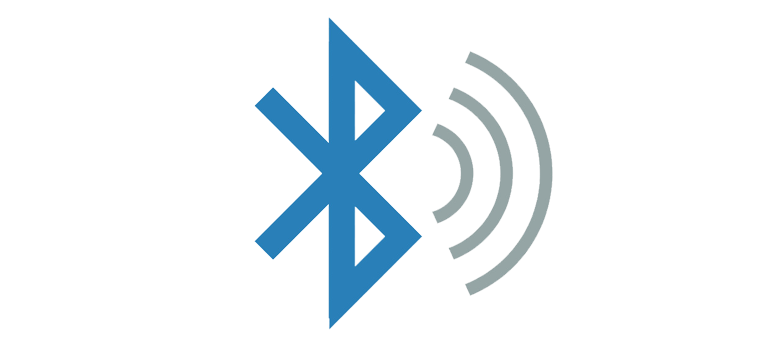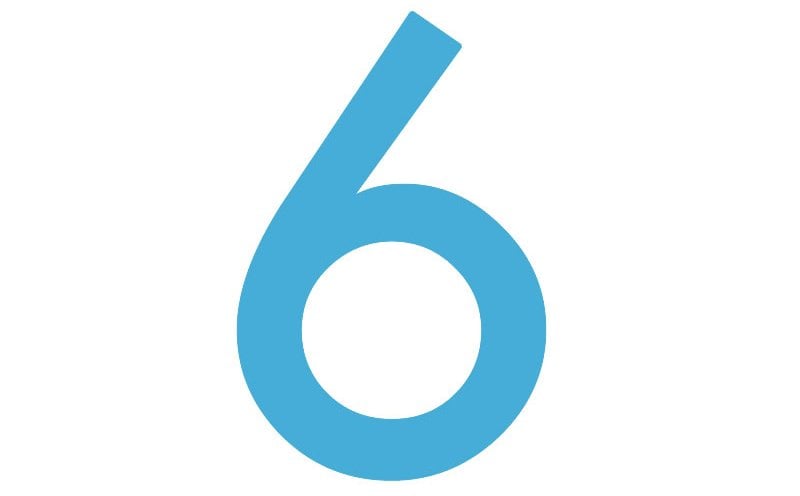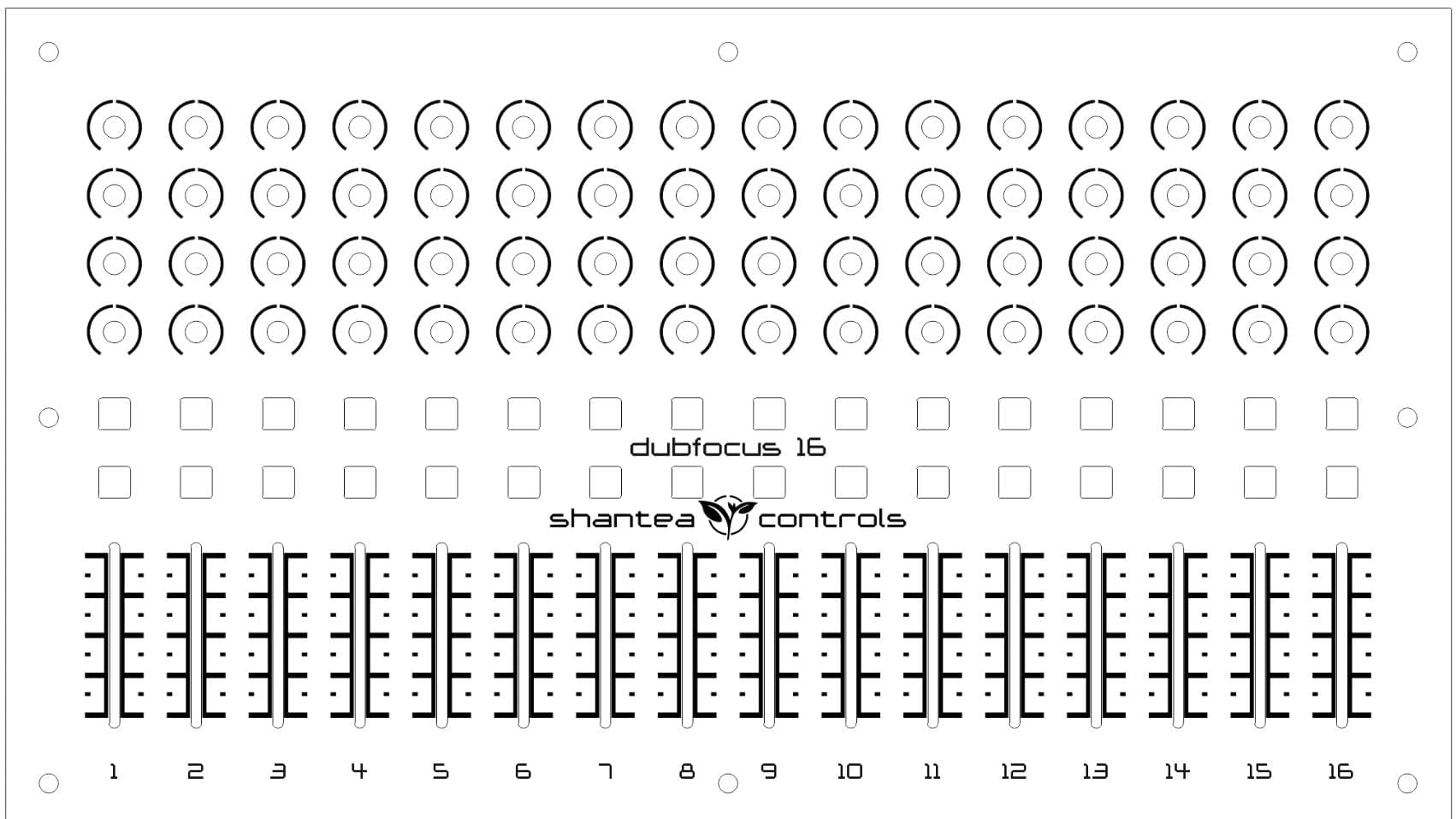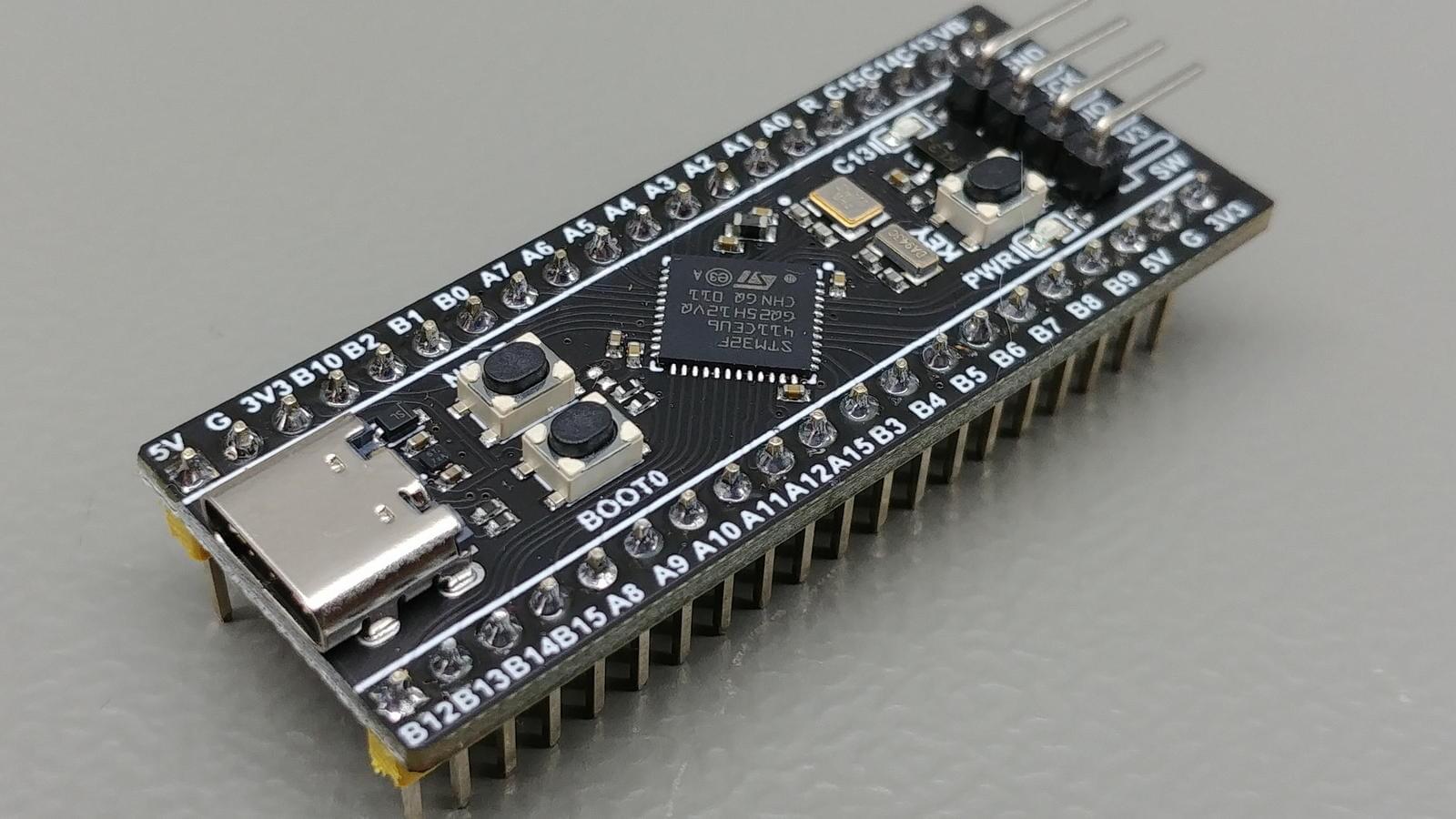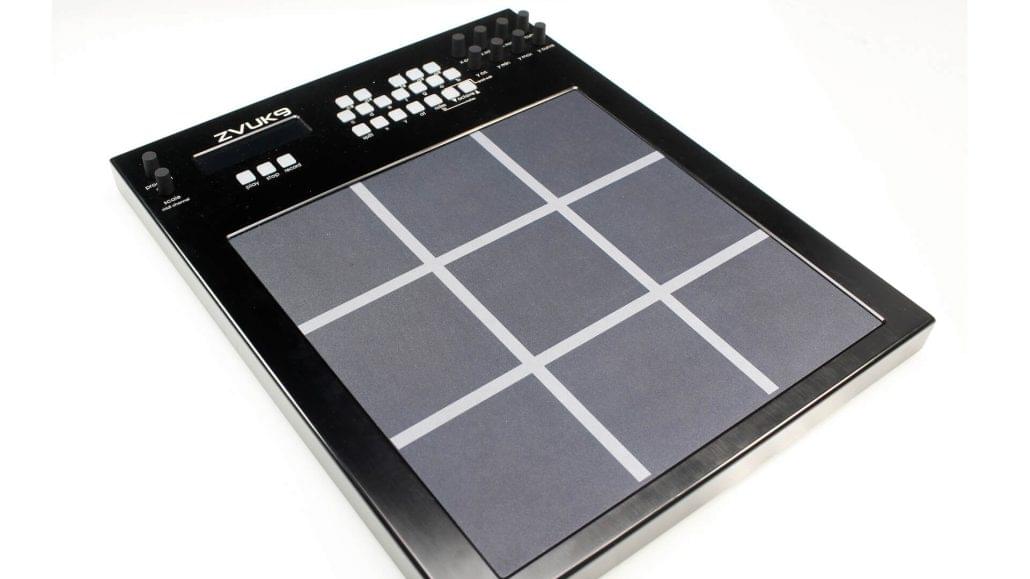
It’s Tuesday, October 7nd, 2014. I moved back to Zagreb to continue my studies just few days ago after being back at home for a year. At this point, all I’m thinking about is how to sell my custom MIDI controllers, but that isn’t working so well, mostly because there aren’t many people willing to pay fair price for a truly custom machine, so I’m thinking what to do about it. I’m returning from classes and I receive a mail from a guy named Dragan. He wants to talk with me about his MIDI controller project based on touch sensors. I’m not sure if this is serious, since I had all kinds of guys talking with me about some far-fetched ideas which went nowhere, however, I agree on speaking more about it on the phone. Things went serious really fast and we agree that I will build a test software for the sensors he’s talking about, just to see if they work properly. This is cool, I think to myself, but probably isn’t going anywhere after I finish it. Several weeks later, test software is done and the sensors are working. We talk more about it and Dragan sends me a sketch of the controller and a Word document describing the functionality of his device for which I would build software. I agree on working for him - my job was to build the software for it, although later I designed electronics/PCB as well. We sign NDA and things move forward. I now have a job - working on MIDI controller for someone else. Now, how often do you get to work on something you dreamed about? I’d say not so often, so this project is one of the coolest things that ever happened to me.
Fast-forward 3 years to now, Zvuk9 is online (Zvuk means sound in Croatian).
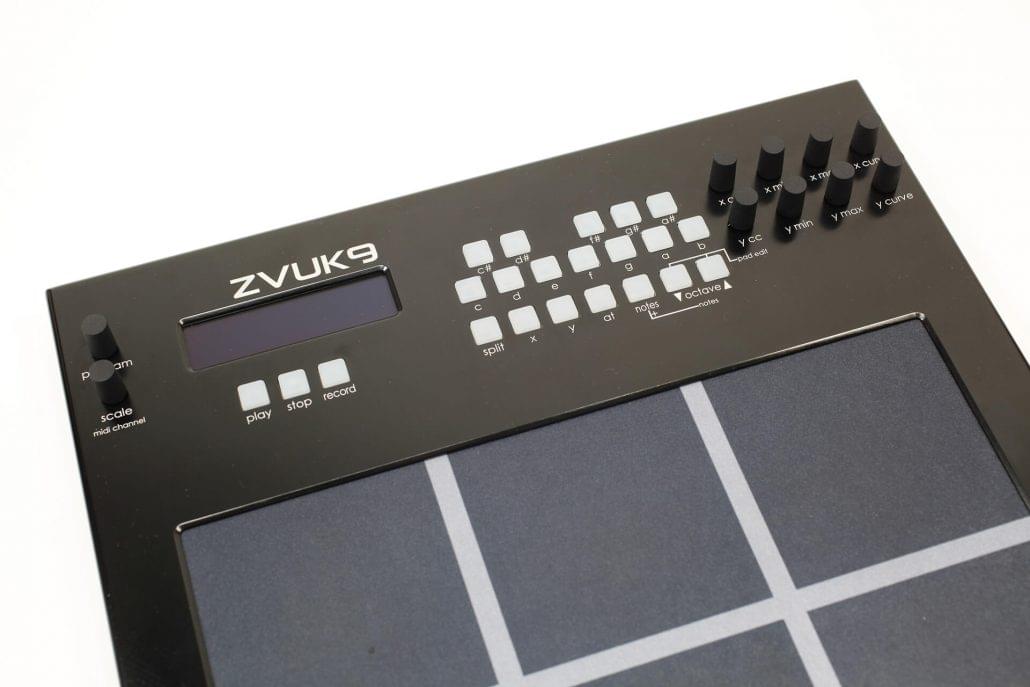
So, what is it? The introductory text from that document I mentioned still describes it pretty well:
USB MIDI controller with 9 force and position sensing pads used to play melodic instruments or drums / samples. Pads are sending note, note velocity, note aftertouch and 2 control changes through X and Y coordinates (touch position). Note, aftertouch, X and Y sending can be disabled each independently. X and Y have configurable min and max values, curve and MIDI controller that is being sent. All nine pads can use the same X/Y CC/max/min/curve values (useful for melodic instruments) or could be set uniquely (useful for playing drums or samples). Pads are set up to play one of the predetermined scales. Alternatively, they can be set to play custom scale or chords through user defined presets. Controller is capable of sending MIDI messages via USB or via MIDI Out port.
So, obviously, it is a MIDI controller, but not your typical stuff. 9 sensors with 4 dimensions of expression (velocity, aftertouch, X and Y position) can give you possibilities you haven’t even considered before. The controller contains over 3000 parameters which are stored even after power off. Developing database-like system to handle all those parameters wasn’t really trivial, to say the least. There’s a nice OLED display showing you all the relevant info without clutter. It uses class-compliant MIDI so drivers or any other software aren’t necessary - Zvuk9 works with anything that understands MIDI - Windows, Mac OS, Linux, iOS… you name it! On top of that, it’s possible to use it as standalone device via DIN MIDI jack. The case is all-aluminium. Everything is designed with the quality in mind. All in all, we really wanted to design a device which wouldn’t constrain you - instead, the only constrain is your own imagination. There’s really so much you can do with it and I’m really proud of what came out after three years of development. This is really the most complex project I’ve ever worked on and I learned really a lot during this time - both in terms of software and electronics.
In about a month, a crowdfunding campaign will be launched on which you’ll be able to buy and support Zvuk9 production. I’d just like to point out that Zvuk9 is a real, fully working and ready to be used device, which seems to be a rarity these days on crowdfunding campaigns.
Make sure you visit the official web page over at zvukmachines.com!


